If Google is showing you this page directly, click here to go to the start of the article.
Sound General
The new Astrolith, with its planar drivers, delivers a sound that is both unique and well-balanced. The IEM leans towards a darker tonal character, offering a warm and thick presentation, particularly in the bass region. Despite this warmth, the Astrolith excels in treble performance and bass texture, alongside a seamless mid-range tonality.
This release marks a significant achievement for Campfire Audio, standing out as one of their most successful offerings in recent times. The performance of the dual planar drivers is particularly noteworthy, with impressive bass decay and speed, as well as excellent treble extension and articulation. The Astrolith also shines in the resolution department, delivering detailed and nuanced sound across the entire frequency spectrum.
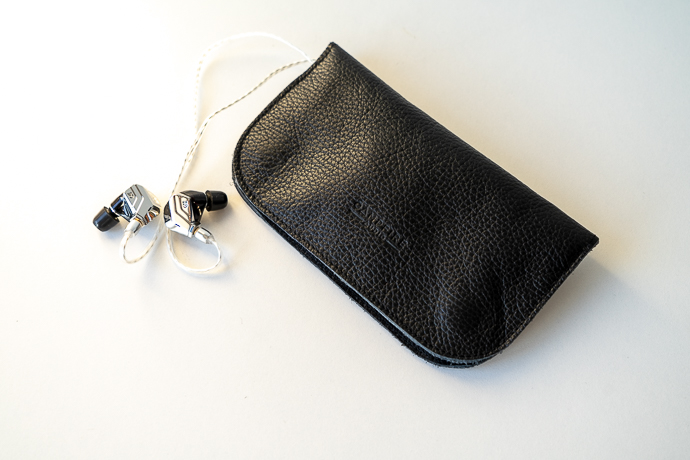
Sound Classics
Bass
One of the standout features of the Campfire Audio Astrolith is its bass performance, which is notably driven by a pronounced mid-bass, while the sub-bass remains more subdued. This caught my attention, as the planar driver in the Astrolith behaves differently than a typical dynamic driver in this aspect.
The Astrolith still delivers the richness you’d expect from dynamic drivers, but what’s particularly impressive is the bass speed, a hallmark where the planar driver excels. While dynamic drivers are known for providing good texture, it seems that planar drivers have now reached a point where they can deliver similarly, if not better, texture—especially in the mid-bass. The result is a well-balanced bass response that offers both quantity and control/quickness.
Some listeners might seek more sub-bass rumble, but in my opinion, that isn’t necessarily required for most music genres. The Astrolith offers just the right amount of sub-bass, and adding more could compromise the overall bass quality.
The mid-bass does take a slightly more dominant role than I would prefer with certain tracks, but overall, Astrolith’s bass performance is quite capable. The texture in the mid-bass is especially impressive. What stands out most is that, despite its pronounced presence, the mid-bass remains clean and doesn’t muddy or overshadow the mid-range. This balance is crucial, and Astrolith manages to achieve it effectively.
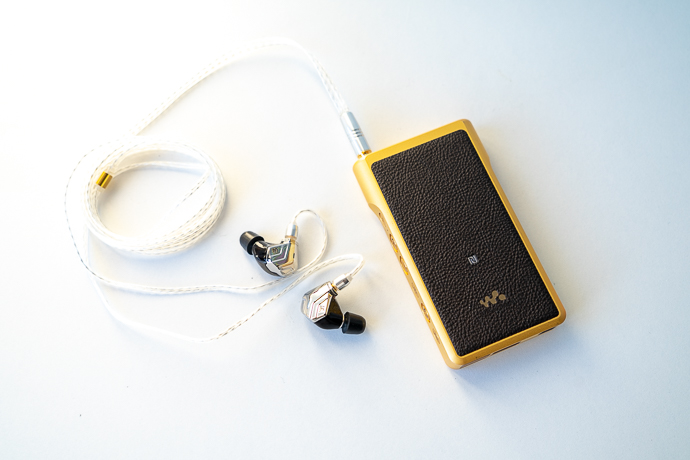
Mid-Range
In my view, planar IEM technology truly excels in the mid-range, offering a level of timbre that BA and DD drivers often struggle to match, except for the most successful IEMs on our recommended list. This is where planar drivers make a significant impact.
The mid-range of the Astrolith is a standout, delivering a cohesive and full-bodied sound with excellent tonality and fluidity that makes the music enjoyable. It allows instruments, vocals, and details to be defined with clarity, while the natural tonality and satisfying timbre of the instruments enhance the listening experience. This natural, smooth, and musical presentation is, in my opinion, the most remarkable quality of the Astrolith, especially when it comes to how instruments are rendered.
The Astrolith delivers a mid-range performance that truly shines, offering excellent resolution with plenty of detail. The mids are full-bodied and carry a strong sense of musicality, presenting instruments with a breathy and engaging quality. This dynamic and lively mid-range presentation is one of the smoothest in its price range, characterized by a natural tonal balance and a focus that defines each element with clarity. For those who prioritize mid-range excellence, the Astrolith stands out with its cohesive and fluid delivery, ensuring a satisfying and immersive listening experience.
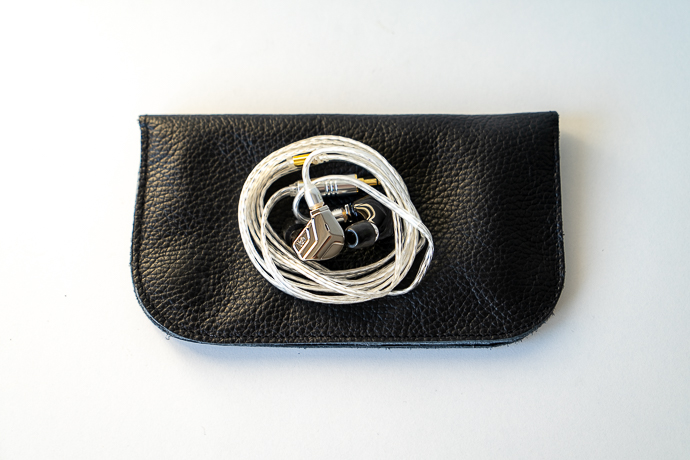
The timbre of instruments in the Astrolith is remarkably well-executed, particularly with the violin and guitar, which stand out with their clean, resolving nature, excellent tonality, and fullness. There’s a strong analogue feel to the sound, enhancing the overall warmth and organic quality of both vocals and instruments. The realism achieved in the instrument reproduction is especially impressive, bringing a lively and authentic experience that adds depth and richness to the listening experience.
Treble
When it comes to treble, Astrolith’s new 6mm planar driver excels with its extended, clear, and detailed performance. Similar to the bass, this driver is quick and offers excellent transient response, resulting in a well-articulated treble range with impressive separation.
The treble balance in the Astrolith is commendable, hitting the sweet spot where it remains detailed and accentuated without becoming harsh or fatiguing. This balance is especially well-maintained when using the provided foam tips. However, if you experiment with tip-rolling using large-diameter silicone tips, the treble might become aggressive. To avoid this, sticking with foam tips is a reliable choice, ensuring a smooth and comfortable listening experience.
Overall, the treble performance of the Astrolith is undeniably successful. It delivers a clean and transparent sound, offering excellent clarity and impressive articulation, especially in terms of micro-detail retrieval. The treble is both airy and transparent, contributing to a high level of resolution. The articulation and detail in this range are particularly noteworthy, standing out as some of the most impressive aspects of Astrolith’s sound signature.
Page 1: About, Packaging, Design & Build, Fit
Page 3: Technical Performance, Comparisons, Conclusion







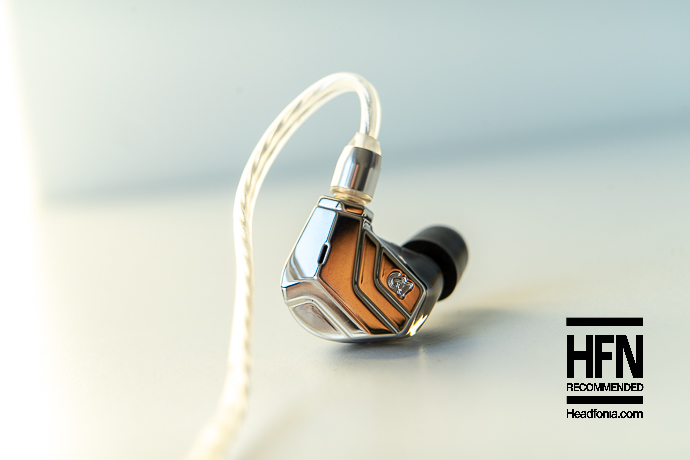
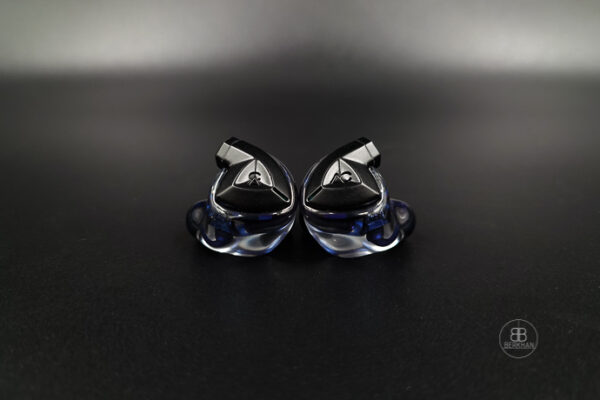
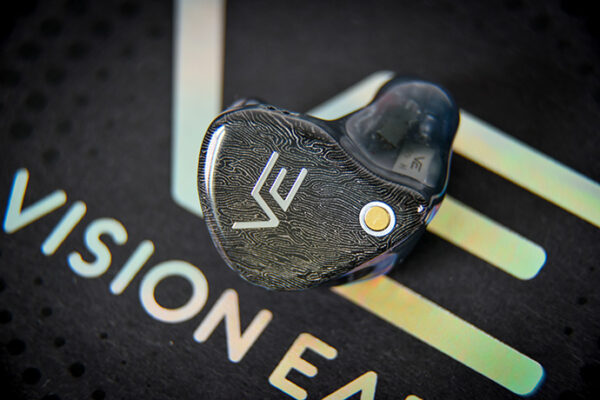
Will
Great review, thanks and I agree with almost everything said about the sound. The one exception is I prefer the brighter treble of the silicone tips.